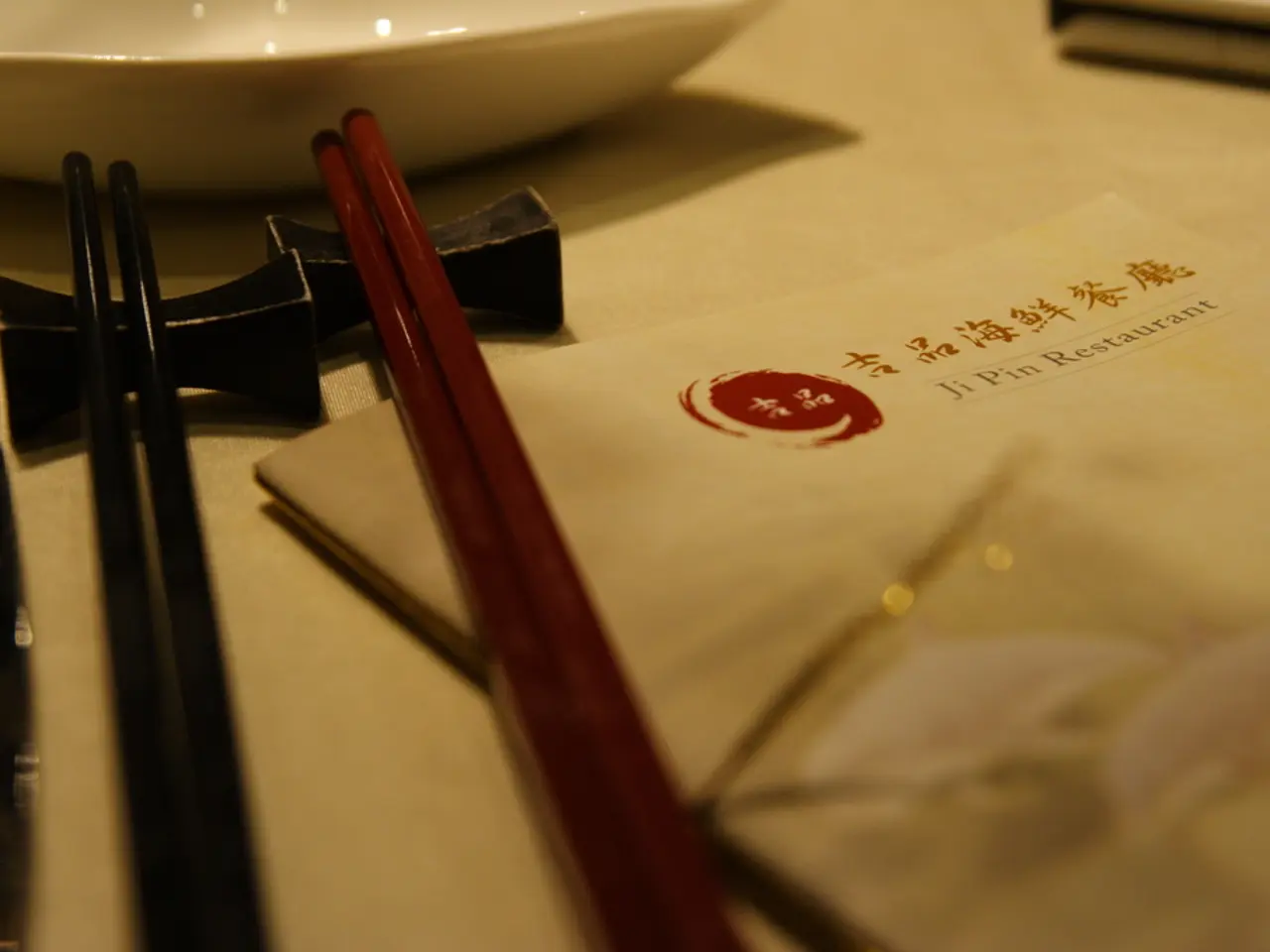Must-Experience Malaysian Cuisine: A List of 10 Delicious Dishes for Every Food Lover
Malaysia, a vibrant nation nestled in Southeast Asia, is renowned for its diverse and tantalising cuisine that reflects its multicultural heritage. The history of the spice trade has profoundly influenced the development of Malaysian cuisine, introducing diverse spices, cooking techniques, and cultural exchanges that melded into unique local flavours.
Before the Common Era, spice trade routes passed through the strategic maritime straits between Malaya and Sumatra, enabling early interactions among Indian, Chinese, and Southeast Asian traders. This trade facilitated the introduction of Buddhism to the region and brought Indian culinary influences, including curry-making techniques, spice blends, and cooking methods, to key port cities.
Indian traders contributed key spices and aromatics such as cumin, tamarind, lemongrass, and turmeric, which blended with local ingredients like coconut milk and galangal to create dishes like *gulai*—a rich, spiced stew that became a hallmark of Malaysian and wider Malay Archipelago cuisine. This fusion was part of a culinary synthesis driven by the spice trade and cultural interchange.
The spice trade routes also connected Chinese and local Malay cultures, particularly through the Peranakan Chinese communities, which influenced dishes like *laksa*. Laksa’s variety across Malaysia and neighbouring countries reflects intense trade links along historical spice routes, with the dish itself rooted in a blend of Chinese and local Malay flavours reflecting the spice influences passing through the region’s ports.
The arrival of European powers, notably the Portuguese, Dutch, and English via entities like the East India Company, further intensified the spice trade’s impact. The British East India Company sought to participate in the spice trade, navigating conflicts with the Dutch and Portuguese and expanding trade in spices along with other goods. These interactions introduced new spices and culinary ideas that shaped regional cuisines over time.
Today, Malaysian cuisine is a testament to these historical trade dynamics, showcasing a layered complexity where Indian spices, Chinese techniques, indigenous herbs, and colonial influences converge. Dishes such as *gulai* and *laksa* embody centuries of adaptation and synthesis stemming from the spice trade networks.
Some of the most iconic dishes in Malaysian cuisine include Cendol, one of Malaysia's most iconic traditional desserts, made with shaved ice, creamy coconut milk, palm sugar syrup (gula Melaka), and green pandan-flavoured rice flour jelly. Hainanese chicken rice, a well-loved dish in Malaysia, features poached chicken, seasoned rice, and dipping sauces, with the rice cooked in chicken stock, fat, garlic, and ginger.
Mee Goreng Mamak, a fiery and flavour-packed noodle dish rooted in the Indian-Muslim (Mamak) culinary tradition of Malaysia, delivers a tangy, savoury, and slightly sweet finish. Char Kway Teow, one of Malaysia's most iconic street food dishes, features wide, silky rice noodles wok-fried over intense heat with a mix of prawns, Chinese sausage, eggs, bean sprouts, and chives.
Rendang, one of Malaysia's most revered traditional dishes, is a slow-cooked dry curry made with beef, coconut milk, lemongrass, galangal, garlic, shallots, chilli, and an array of dry spices. The extended cooking process allows the meat to absorb every nuance of the spiced gravy while gradually reducing the sauce until it clings to the meat in a thick, caramelised coating.
For food lovers exploring Southeast Asian flavours, Malaysia is a destination that promises depth, variety, and richness. Each bite offers a complex combination of spices, textures, and regional ingredients that tell a story of generations. So, gather your taste buds and embark on a culinary adventure through Malaysia's vibrant and diverse cuisine.
- In the kitchen, pair the exotic taste of lemongrass, tamarind, and coconut milk, ingredients native to Malaysia, with vibrant spices like cumin and turmeric, introduced through ancient trade routes.
- To create a healthy, plant-based Malaysian meal, substitute meat in rendang with jackfruit or tofu, maintaining the flavourful fusion of spices and aromatics.
- To truly appreciate Malaysia's rich food-and-drink culture, seek out tips from local food stall owners or attend cooking classes during cultural-travel experiences.
- Explore the culinary lifestyle of Malaysia beyond just the dishes—learn about the historical spice trade routes that brought diverse ingredients and cooking techniques to this vibrant nation.
- As you plan your food-and-drink recipes, consider travel-friendly options, such as the portable dessert Cendol, made with simple ingredients like shaved ice, coconut milk, and rice flour jelly.
- Embrace the fusion of Indian, Chinese, and local Malay flavours in travel-inspired dishes, like the fiery Mee Goreng Mamak or the tangy Hainanese chicken rice, as you explore new culinary territories.
- Discover the countless food-and-drink recipes throughout Malaysia and the Malay Archipelago, each celebrating the unique flavours and spices that stem from centuries of trade and cultural exchanges.
- By sampling Malaysia's diverse cuisine, immerse yourself in the nation's travel-inspired history, learning about key moments like the arrival of European powers and the impact they had on local food-and-drink culture.




